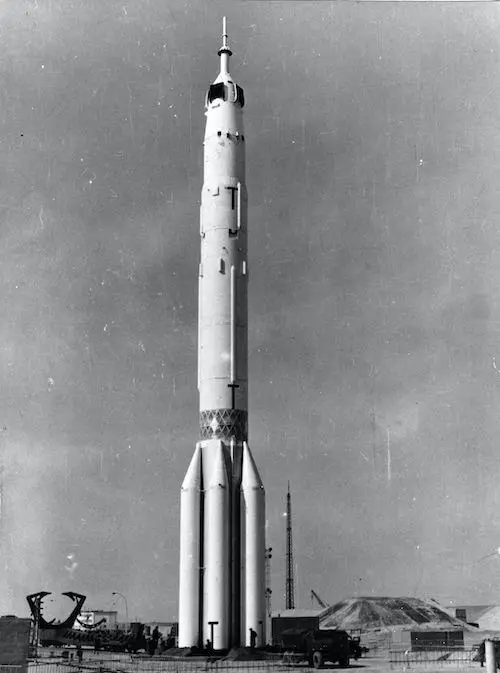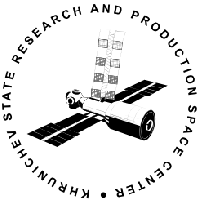Cosmos 154
Launch Failure
Liftoff Time (GMT)
09:00:32
Saturday April 8, 1967
Mission Details
Launch Notes
The Block D did not perform its second ignition. The investigation concluded that during preparation in Baikonur, a switch was left in the wrong position. Consequently, the SOZ units were released prematurely, which were necessary for the ignition of the RD-58 engine. The Block D and its 7K-L1 spacecraft reentered the atmosphere on April 11, 1967.
Cosmos 154
Cosmos 154 was a Soviet test satellite precursor to the Zond series. The spacecraft was designed to launch a crew from the Earth to conduct a flyby and return to Earth. The Cosmos 146 and 154 flights have been regarded as tests of the Zond complex involving the firing of the fourth stage of the Proton K/Block D rocket to put the L1 spacecraft into an elliptical trajectory to test high speed re-entry. L1 was a Soviet spacecraft launched on Proton, designed in parallel of 7K-L1, which flew on the N-1 launcher. It was conceived to carry out crewed flybys of the Moon, like Apollo 8. This spacecraft sent the first living beings to fly over the Moon, turtles, on board Zond 5. The work made on this spacecraft will be used for the improvement of the Soyuz spacecraft.
Low Earth Orbit
1 Payload
5,600 kilograms
Rocket


Manufacturer
KhrunichevRocket
Height: 56.14m
Payload to Orbit
LEO: 18,900 kg
GTO: 9,000 kg
Liftoff Thrust
8,840 Kilonewtons
Fairing
Diameter: 3.9m
Height: 8.9m
Stages
4
Launch Site
Stats
Proton-K
2nd
Mission
2nd
Mission of 1967
Khrunichev State Research and Production Space Center
237th
Mission
18th
Mission of 1967
1967
34th
Orbital launch attempt